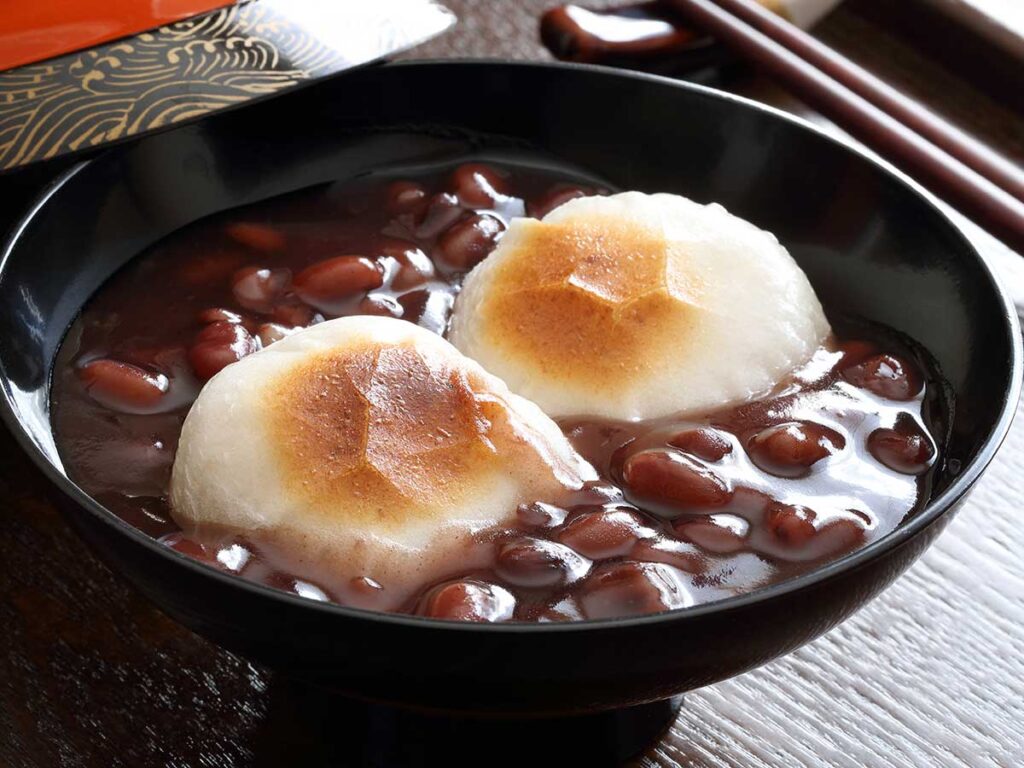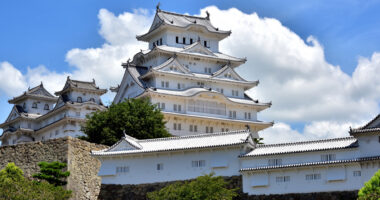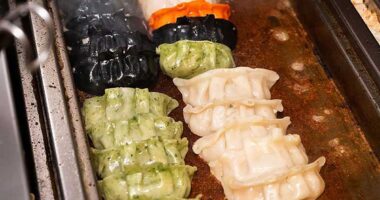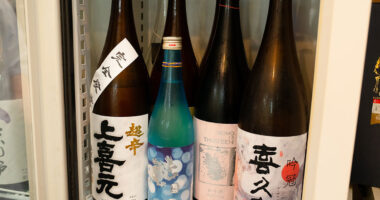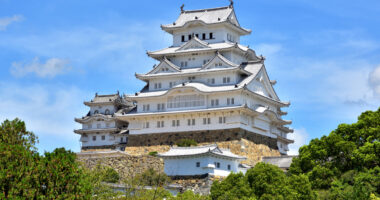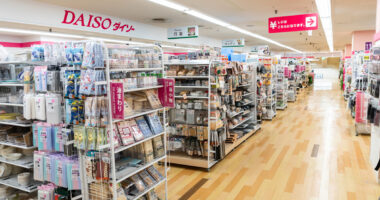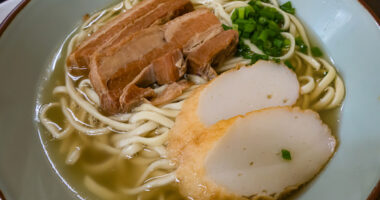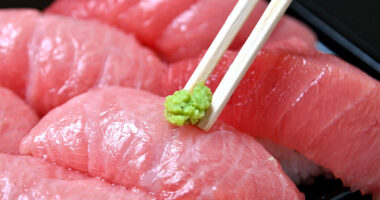Oshiruko (sweet red-bean soup) is one of Japan’s quintessential winter sweets.
Beloved at sweet shops and at home, oshiruko is more than just a dessert—it’s a special part of Japanese culture and seasonal sensibilities. For visitors to Japan, it offers a perfect way to experience a uniquely Japanese food tradition.
This article explains oshiruko in an easy-to-understand way for first-time visitors—covering the basics, how it’s made, and the cultural background behind it.
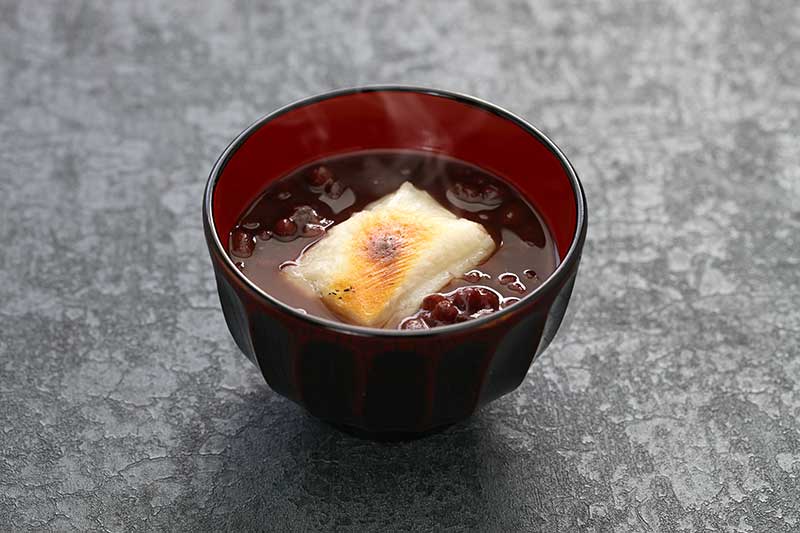
Photo for illustrative purposes
Basic facts and origins
Oshiruko is a traditional Japanese sweet: a sweet red-bean soup (made by simmering azuki red beans and sweetening with sugar) served with mochi (pounded rice cake) or shiratama (chewy rice-flour dumplings). In kanji, it’s written as 御汁粉 (honorable red bean soup), reflecting its centuries-long history as a refined Japanese classic.
Origins and historical background
Oshiruko’s history can be traced back as far as the Heian period, with its familiar form taking shape during the Edo period, when it became a cherished treat for special occasions. Because sugar was a precious commodity at the time, oshiruko was enjoyed on special days. From the Meiji period onward, as sugar became more widely available, the dish spread among the general public and settled into the popular sweet we know today.
Looking back through its history, many accounts note that a dish once called shiruko-mochi evolved into what we now call oshiruko. Edo-period sources also mention it as a refined wagashi (traditional Japanese confection) served in tea settings. As preparation methods were simplified over time, it became easy to make at home and spread nationwide.
Deep ties to Japan’s seasonal culture
Oshiruko is more than a sweet; it is closely tied to Japan’s sense of the seasons and cultural values. It is especially popular in the cold months of winter and appears in New Year customs such as kagami-biraki—where the celebratory kagami mochi is broken and enjoyed in oshiruko or zenzai (also a type of red bean soup or dish).
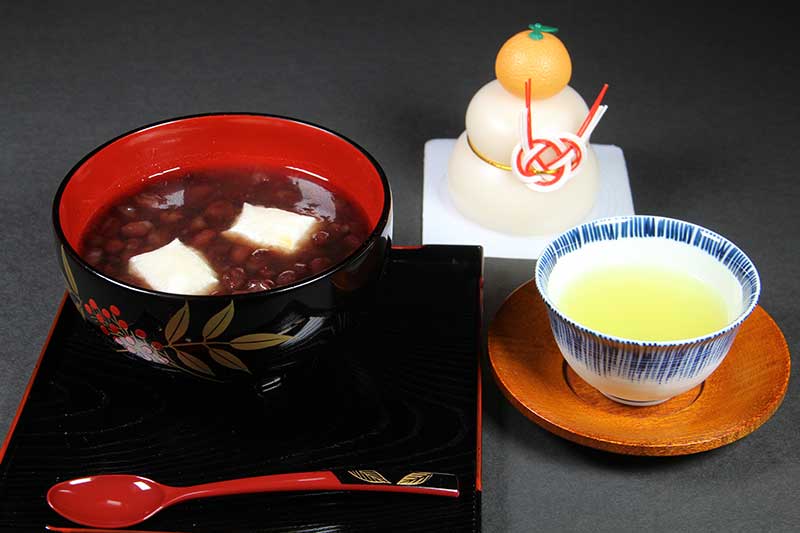
Photo for illustrative purposes
As a winter sweet with high popularity, oshiruko is considered a special presence that warms the body and heals both body and mind for many people in Japan.
Types and characteristics
Oshiruko is often discussed in two broad styles: gozen-jiruko (smooth-style oshiruko) and inaka-jiruko (chunky-style oshiruko). The difference largely comes from how the azuki are prepared and the resulting texture. There are also many regional variations across Japan, reflecting local food cultures.
Gozen-jiruko and its appeal
Gozen-jiruko is characterized by a smooth, silky texture made with koshian (smooth strained azuki paste). After simmering the beans, the skins are removed by straining to produce a velvety paste. The result is exceptionally smooth on the palate and showcases the refined sweetness of azuki.
This smooth-style oshiruko also looks beautiful and has long been appreciated in refined settings such as the tea ceremony. For first-time visitors to Japan, its delicate flavor leaves a strong impression.
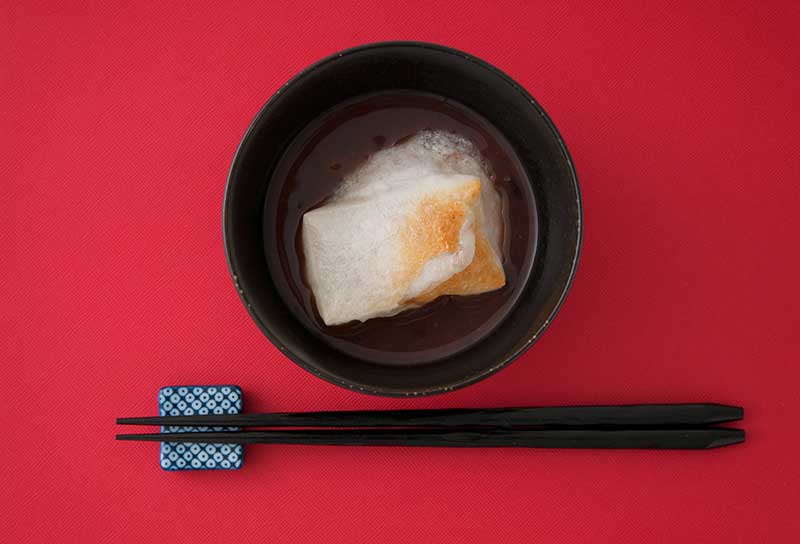
Photo for illustrative purposes
Inaka-jiruko and its rustic comfort
Inaka-jiruko uses tsubuan (chunky red-bean paste) and leaves the azuki skins and texture intact.
The natural texture and flavor of azuki can be felt directly, offering a rustic, warming taste that appeals to many people. This home-style version is common in households and loved for its approachable, comforting character—especially on cold winter nights shared with family.
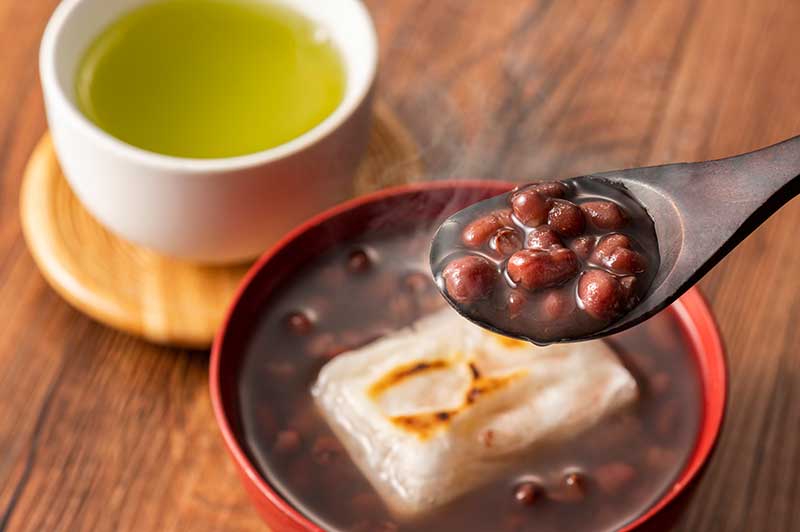
Photo for illustrative purposes
Regional differences and variations
Oshiruko is loved across Japan, but names and styles can differ by region. In particular, Kanto and Kansai show subtle differences in ingredients, textures, and naming conventions that reflect their respective food cultures.
| Region | Typical characteristics | Main ingredients |
|---|---|---|
| Kanto | Often smooth and refined in finish; the smooth style is sometimes called gozen-jiruko. | Koshian, square mochi |
| Kansai | Chunky styles are common in many shops; naming differs from Kanto (see below). | Tsubuan, round mochi |
Understanding the difference between oshiruko and zenzai
Many people wonder how oshiruko differs from zenzai. The answer can be a bit complex because the definitions and names vary by region and even by shop. Below are the widely cited differences and regional tendencies.
General definitions
In general usage, oshiruko often refers to a sweet red-bean soup, while zenzai tends to be thicker with less liquid and may use chunky beans. However, interpretations differ by region and establishment.
As for the name zenzai, one well-known theory holds that it comes from a Buddhist phrase meaning “how good,” with a popular legend attributing the praise to Zen master Ikkyū when he was served a sweet azuki dish.
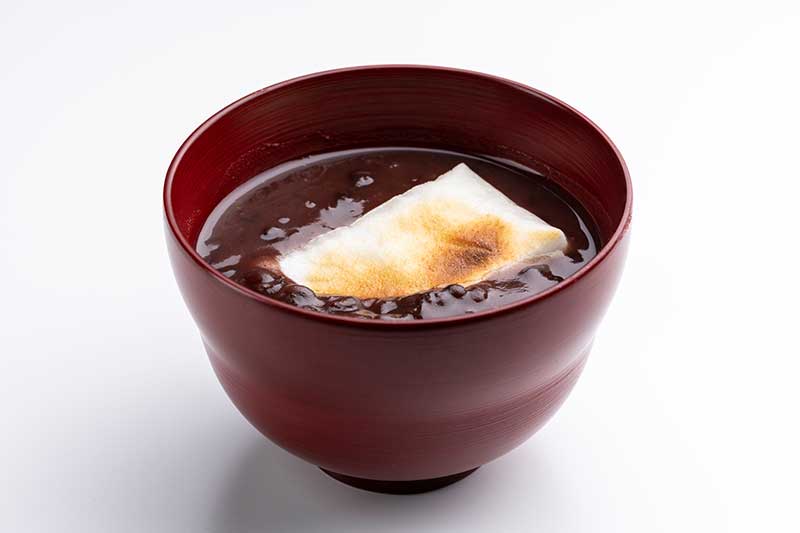
Photo for illustrative purposes
Kanto vs. Kansai
- Kanto: Oshiruko generally refers to a soupy dessert. Zenzai is often thicker and less liquid.
- Kansai: Smooth koshian soup is commonly called oshiruko, while the chunkier tsubuan version is called zenzai.
The difference between Kanto and Kansai goes beyond just a difference in name; it is an interesting phenomenon that reflects the differences in food culture and values of each region. Travelers can enjoy discovering these regional nuances when tasting oshiruko around Japan.
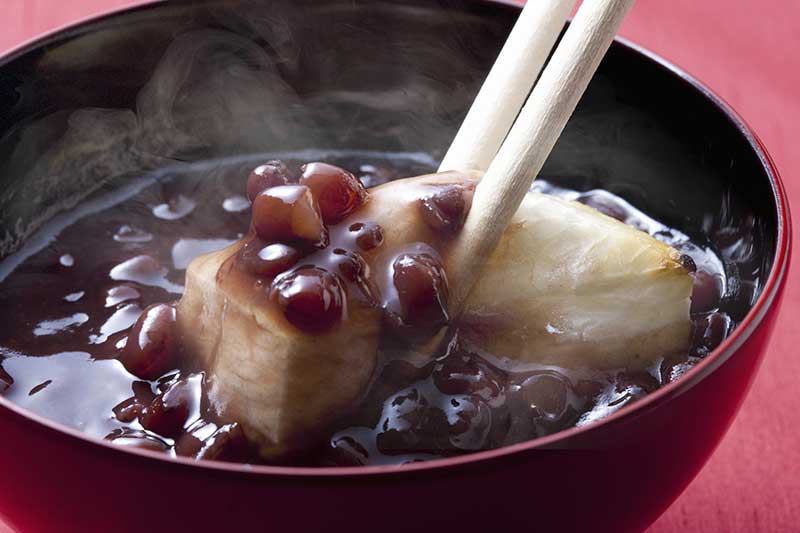
Photo for illustrative purposes
Modern usage
Today, strict rules matter less than household and shop preferences. Whether you call it oshiruko or zenzai, what’s most important is understanding and enjoying the flavor and the cultural context behind it.
Ways to enjoy oshiruko and its cultural meaning
Oshiruko carries meaning beyond taste alone, with its connection to the seasons, annual events, and contemporary adaptations offering many ways to enjoy it.
Seasonal traditions and events
Oshiruko is strongly associated with winter and is loved as a warming sweet in the cold season. During New Year’s kagami-biraki, there is a custom of breaking the kagami mochi and serving it in oshiruko or zenzai to celebrate and wish for good health in the coming year.
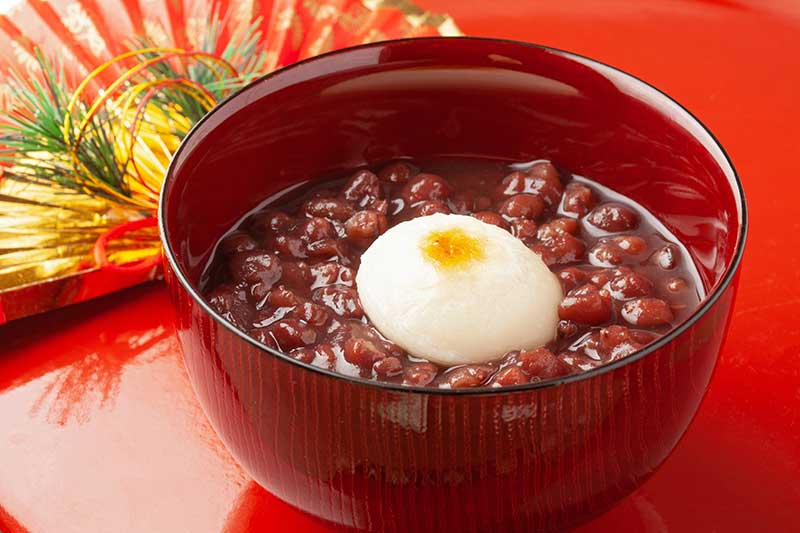
Photo for illustrative purposes
Among traditional wagashi, oshiruko is especially emblematic of Japan’s attention to the seasons and cultural meaning. Many families also serve it as an auspicious dish, giving it a role that goes beyond simple nourishment.
Japan has many other traditional sweets with unique charms. If you’d like to explore more, see our guide below.
Enjoying it at sweet shops
At specialty sweet shops, oshiruko is crafted with professional technique. Long-established shops often carry on traditional methods passed down through generations, offering a depth of flavor that’s hard to replicate at home.
It’s also common for oshiruko to be served with salty accompaniments such as salted kelp or Japanese pickles, which highlight the sweetness by contrast. Some shops feature seasonal variations or use locally grown azuki for special offerings.
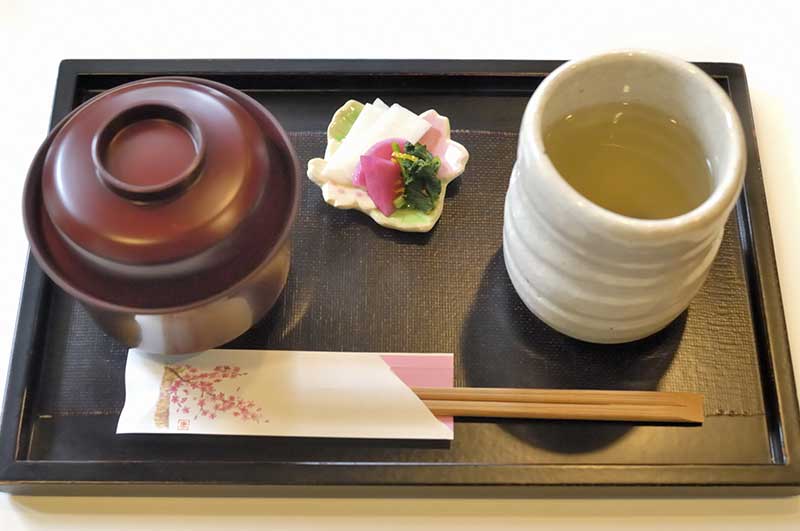
Modern twists and new ways to enjoy it
In addition to the classic style, many modern variations exist. In summer you’ll sometimes find chilled oshiruko, letting you enjoy the flavor of azuki even in hot weather.
Other creative twists include matcha oshiruko, or serving a scoop of ice cream alongside shiratama for a modern pairing. You’ll also see versions adjusted for different lifestyles, such as vegan-friendly recipes or lighter sweets with reduced sugar.
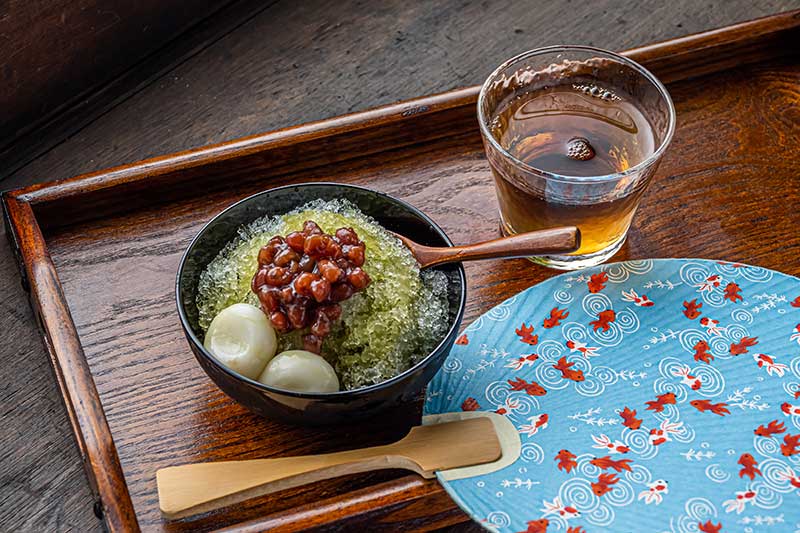
Photo for illustrative purposes
Tips for first-time visitors
For your first taste, we recommend starting with the smooth gozen-jiruko style. Its silky texture and refined sweetness are widely appealing and make a great introduction to Japan’s sweet azuki tradition.
Among classic Japanese desserts, oshiruko is approachable yet distinctly Japanese—an ideal way to experience how azuki beans are sweetened and enjoyed. If you’re visiting in the colder months, a warm bowl of oshiruko is a delicious way to feel the season. A visit to a sweet shop can turn a simple treat into a cultural experience.

Photo for illustrative purposes
Summary
Made from simple ingredients—azuki, sugar, and mochi or shiratama—oshiruko is one of Japan’s signature traditional sweets. With roots reaching back to the Heian period and a form shaped in the Edo period, it remains closely tied to seasonal customs and cultural meaning.
Beyond the contrast between smooth gozen-jiruko and chunky inaka-jiruko, the relationship between oshiruko and zenzai—and the regional naming differences between Kanto and Kansai—show the rich diversity behind this beloved dessert. From the rustic comfort of home-style bowls to the refined flavors found at long-established sweet shops, oshiruko offers many ways to enjoy Japan’s azuki culture.
For visitors to Japan, oshiruko is a memorable way to experience the country’s sweet traditions—especially in winter, when a warm bowl can be both delicious and deeply seasonal.
